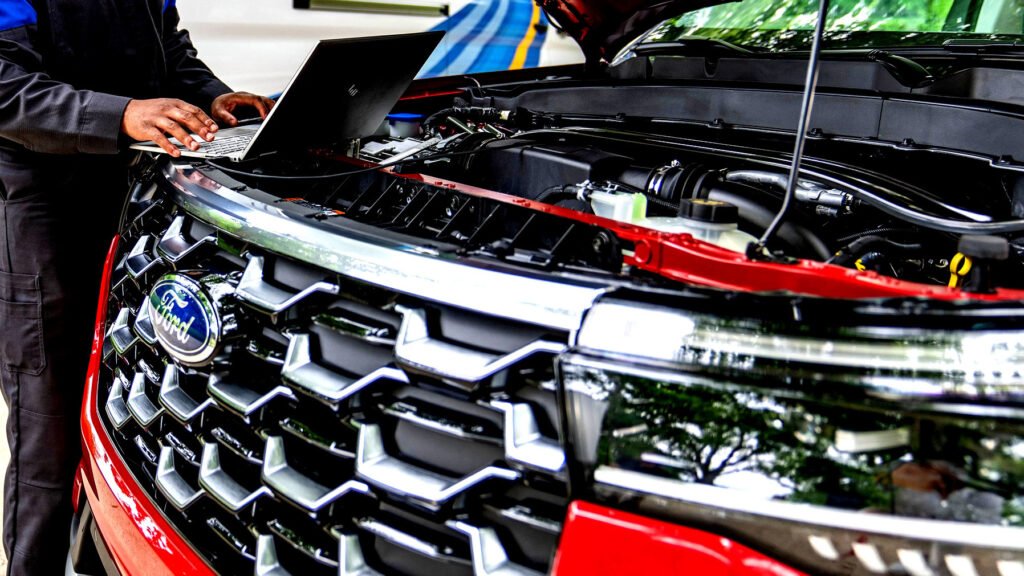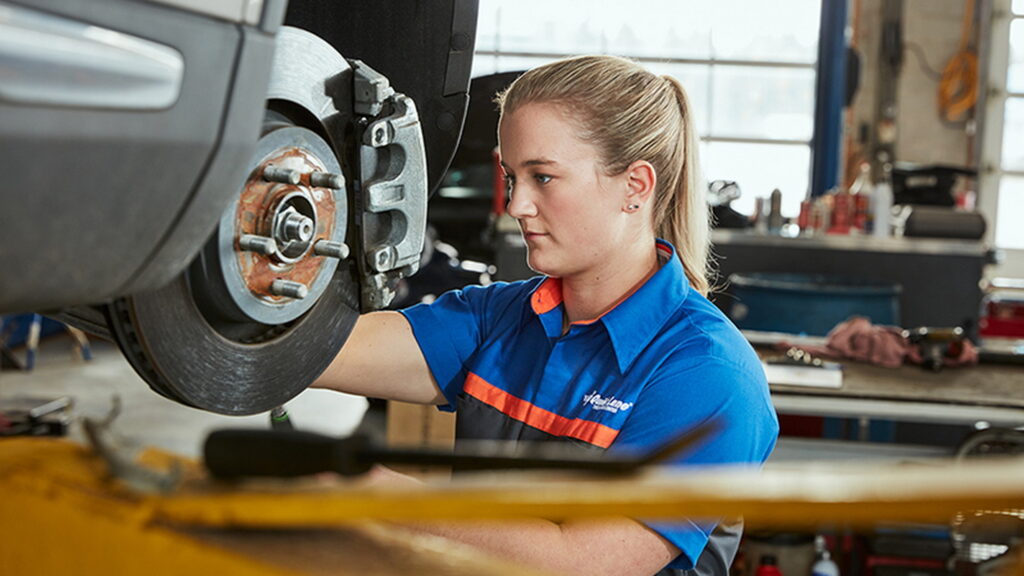

- Car repair bills are up 15 percent versus 2024, CPI data shows.
- A 25% tariffs on imported parts has helped inflate repair costs.
- Other factors include complicated tech and a lack of technicians.
If your car’s feeling or sounding like it could do with some R&R on a shop lift, you better brace yourself. The reason is that the cost of repairs in the U.S. is accelerating faster than a runaway EV.
Despite billions in tariff costs tied to imported vehicles and parts, new car prices have stayed mostly flat. The financial sting is hitting car owners at the service counter instead, with the government’s Consumer Price Index, its key inflation gauge, showing just how steep the climb has become.
According to the latest Consumer Price Index data, the average cost of auto repairs jumped 5 percent from July to August, the largest one-month spike ever recorded. Compared to last year, repair bills are up 15 percent, and there’s little relief in sight.
Related: Subaru Owner Gets $8,500 Quote For Repairs Mechanic Says Don’t Even Exist
It’s easy to blame tariffs alone, especially since the U.S. slapped a 25 percent tax on imported auto parts earlier this year. But experts claim the story is much more nuanced than that.
“There’s quite a few factors,” Skyler Chadwick, director of product consulting at Cox Automotive, told CNN. “Tariffs are part of it, but we’re also seeing aging vehicles, a shortage of qualified technicians, and cars that are simply more complex to repair.”
Even so, tariffs are certainly part of the problem. Most aftermarket parts are sourced from abroad, meaning that even an “American-made” car relies heavily on imported components.
The Ripple Effect
While automakers have largely absorbed tariff costs to keep new vehicle prices flat, wary of political blowback and affordability concerns, repair shops haven’t had the same flexibility. That means when your car needs a new module, sensor, or control unit, the bill lands squarely on you.

And with drivers hanging onto vehicles longer than ever, the trend is only intensifying. The average car on U.S. roads is now 12.8 years old, up from 12.6 last year, meaning more major jobs like transmission rebuilds, suspension replacements, and engine repairs.
“The older the vehicles, the more likely they will require major services – things like transmissions, suspension items, engine rebuilds – the types of things that are the most costly,” Chadwick told CNN.
Labor Costs Climb Too
Labor is another growing expense. According to Chadwick, labor now makes up roughly 60 percent of an average repair bill, and the technician shortage isn’t easing anytime, something Ford CEO Jim Farley has also highlighted recently.
More: Driving Costs Got Cheaper But It’s Not All Good News
That shortage has driven wages up about 7 percent over the past year, according to the Labor Department, and advanced driver assistance systems (ADAS) technology and electrification on newer cars are making repairs more time-consuming and equipment-heavy.
Repair or Replace?
With the average transaction price for a new car hovering around $48,400 in August, according to Edmunds, and used model prices up 26 percent since 2019 and as much as 40 percent for lower-mileage cars under three years old, affordability has become a serious challenge.
Also: The Shocking Number Of Americans Locking Into 84-Month Loans To Afford Cars
Add to that the impact of high interest rates keeping loan payments sky-high, with one in five buyers paying more than $1,000 per month and over 30 percent of used buyers now paying $600 or more, and it’s no surprise that many Americans are choosing to repair rather than replace their cars.
“When consumers find new vehicles more expensive, they spend more time and money repairing existing vehicles,” Patrick Anderson, president of the Michigan-based think tank Anderson Economic Group, told the news outlet.
However, record-high shop bills means the true saving might not be as big as they hoped and it doesn’t look like the financial pain is going to subside any time soon.

